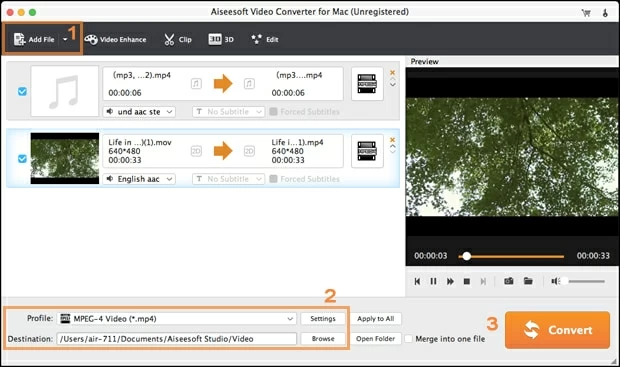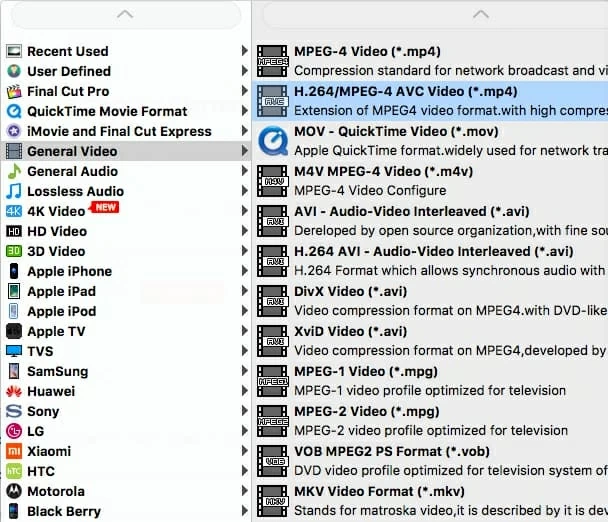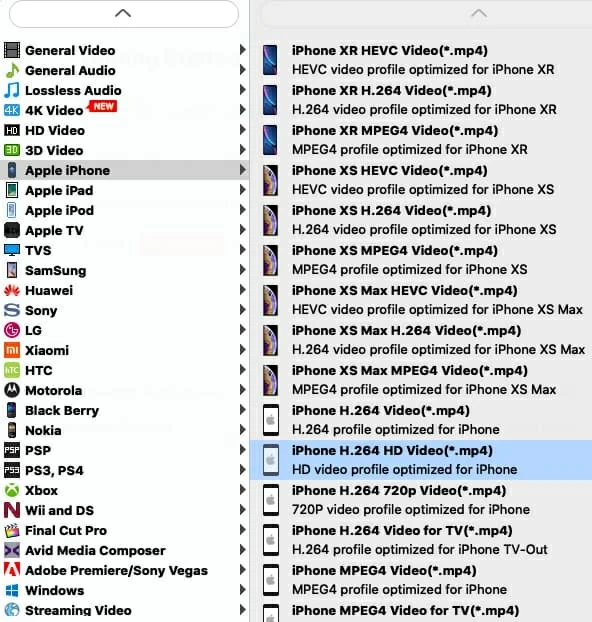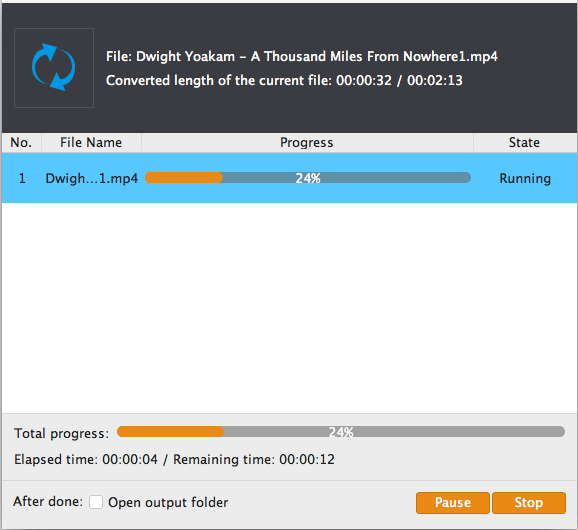
How to Convert from VOB File to MP4 Format for Mac
Overview about iMovie
For Mac users, iMovie (HD 6, '08, '09, 10.0), developed by Apple used on Mac OS X, iPad or iPhone, is a professional editing software application to add credits to your videos. With it, you can make your imposing trailers and HD movies from all footage by adding titles and various kinds of effects to create personalized video. You can share the videos to iMovie Theater, post to YouTube and even Airplay to Apple TV.
Why VOB files cannot be imported to iMovie
There are times when you want to edit your VOB videos ripped from DVDs using iMovie on your Mac for uploading to video-sharing website like YouTube, and you may know that iMovie just refuses to open a VOB video simply because of the lack of proper codec integration in iMovie.
How to Fix the Problem
If you get caught in such a scenario, well, the considerable solution is to convert the VOB video file to iMovie compatible format like MOV, MP4 and HDV before importing and editing. In this article we introduce you a very useful tool called Video Converter for Mac.
The tool can take numerous loads of input video formats as well as audio formats like MOV, MKV, MP4, VOB, WMV, MP3, AAC, AC3, ALAC, FLAC, etc, and convert to pretty much of formats you want to meet just about every one of the conversion needs. It also offers options to customize additional settings of the video & audio (the number of channels, bitrate, resolution, frame rate, sample rate) and includes a library of presets for easily playing back on the go with your portable devices.
The whole process is very beginner-friendly. All you need to do is add VOB source files, tweak output settings, specify a local folder and press Convert button. For PC users who need to handle VOB or any other movie file, please refer to Video Converter for Windows, which converts everything for you.
Step 1: Load VOB Files
Click "Add File" in the upper-left side to import VOB files onto the software interface. For time saving, you can click "Add Folder" to add the files in bulk or drag and drop the files you want to convert onto the program.
If you have a need to combine several video segment into single one, then just tick Merge into one file box (see bottom right).

Step 2: Choose iMovie Acceptable Format
In the lower place of the interface, click "Profile" to choose MOV-QuickTime Video (*.mov) from "General Video" or "HD Video" category. You can also select any other format profile such as MP4, M4V, HDV from the list.
Alternatively, pick a pre-defined format profile under iMovie and Final Cut Express category.

Additional, this VOB to iMovie converter gives you full control of video conversion options like Encoder, resolution, Channels and others. You can press "Settings" button near Profile menu to find-tune the settings for exported video stream and audio track.

The program also offers presets for iMovie and other Apple desktop applications so that you don't need to fiddle with output settings and deal with various of strange formats.

Step 3: Start Converting VOB Video into iMovie Readable File
Click "Browse" icon next to Destination at the bottom of the main interface to specify a local folder to save the output file. Next, hit "Convert" to get the conversion going on your Mac machine.
Several factors play a role in determining the time that the converting process it will take, like the number of VOB files as well as their size and the capability of the Mac's processor.
Well done! The steps on converting VOB for iMovie editing are so simple!

Step 4: Import Converted MOV Videos to iMovie for Editing
Once the conversion is finished, launch iMovie, then go to the File menu, choose Import > Movies, and then navigate to the output folder where your converted MOV files is located, select the files and click "Import".
Happy iMovie editing!